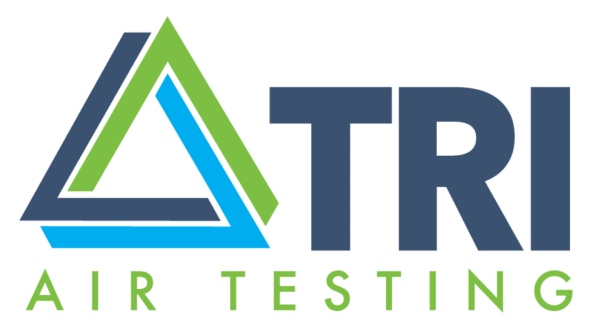
Why not start your celebration of independence with a cup of coffee? According to the National Coffee Association, 83% of American adults drink coffee, with 63% of the population consuming it daily.
TRI Air Testing hopes that all those working with compressed air in the United States take a little time on the Fourth of July to celebrate their nation’s Independence Day. Though we are an international company, we are headquartered in the United States; and we are thankful each day for the opportunities we have to do our work—which includes easy and open interaction with our international compressed air community—and celebrate our communities.
Come July 4, there will be plenty of opportunities to celebrate too, with many businesses taking a holiday, friends and family throwing barbecues, major urban areas and small towns hosting fireworks displays, etc.
As you go about your Fourth (or weekend) celebrations, we hope you will also consider the strong role compressed air and independent compressed air testing play in Independence Day gatherings and activities.
Celebrating with Food & Beverage

Food & Beverage companies utilize TRI Air Testing’s kits to collect samples at the Point of Use for accuracy. Results on nearly all standard tests are available within 24 hours of the kit’s return to TRI. Secure, round-the-clock, online access to reports ensures the most timely delivery of results possible.
It’s hard to imagine any holiday time without it linked deeply to food and beverage. From reflective days like Memorial Day to indulgent holidays like Thanksgivings, the food we serve and the drinks we pour are a major part of how we receive and celebrate those holidays. Compressed air is an indispensible part of providing those foods and drinks, as it is a key component of manufacture, storage, and shipping operations.
Safety and Compliance
The rules behind how compressed air may be used and at what levels of quality are largely generic—though this is a necessity, not an oversight in regulation. The manufacturing conditions that may desiccate one product may be perfect for another. So a blanket regulation is not possible.
The Safe Quality Food (SQF) Institute is an independent, global initiative that combines the experience and best practices of manufacturers, suppliers, and other stakeholders to promote safe quality practices throughout the food and beverage chain. Compressed air gets special attention here, but it also underscores how compressed air guidance is, at best, only general guidance.
SQF states that “compressed air used in the manufacturing process shall be clean and present no risk to food safety.” The guideline also stipulates the need for regular monitoring of compressed air.
But what does that mean?
Writing for Food Safety magazine (published online 10 June 2013), Parker Hannifin Corporation’s Lee Scott has published an interesting technical article that provides a little insight, citing not only SQF but two major guidance and compressed air analysis influencers. The article sets out “to benchmark published Good Manufacturing Practices (GMPs) as they relate to compressed air use in a food processing facility in both a Hazard Analysis and Critical Control Points (HACCP) and/or Global Food Safety Initiative (GFSI) environment.”
Scott tackles a large subject in a very accessible and concise manner. For example, in stressing the need for compressed air testing, Scott notes not just the contamination risk and product quality issues but the fact that air, being “invisible,” presents various points of contact issues that are harder to manage than keeping hard surfaces clean.
“Working surfaces like counters and conveyors are obvious and manageable contact points. The air is invisible. It leaves no visible trace where it contacts the food, other food contact surfaces, or the packaging.”
To prevent contamination to food and beverage products, damage to packaging, and other issues that may lead to spoilage, off-gassing, and other safety issues, independent compressed air testing is utilized.
Celebrate Independence!
TRI Air Testing is proud to provide independent, third-party compressed air testing services to the food and beverage industry. We provide the dependability of 38+ years of operation, an extensive suite of industry-specific tests for safety and compliance, testing kits that enable plant engineers to collect samples at Point of Use, 24-hour turnaround on (most) tests, and secure, round-the-clock, online access to reports.




